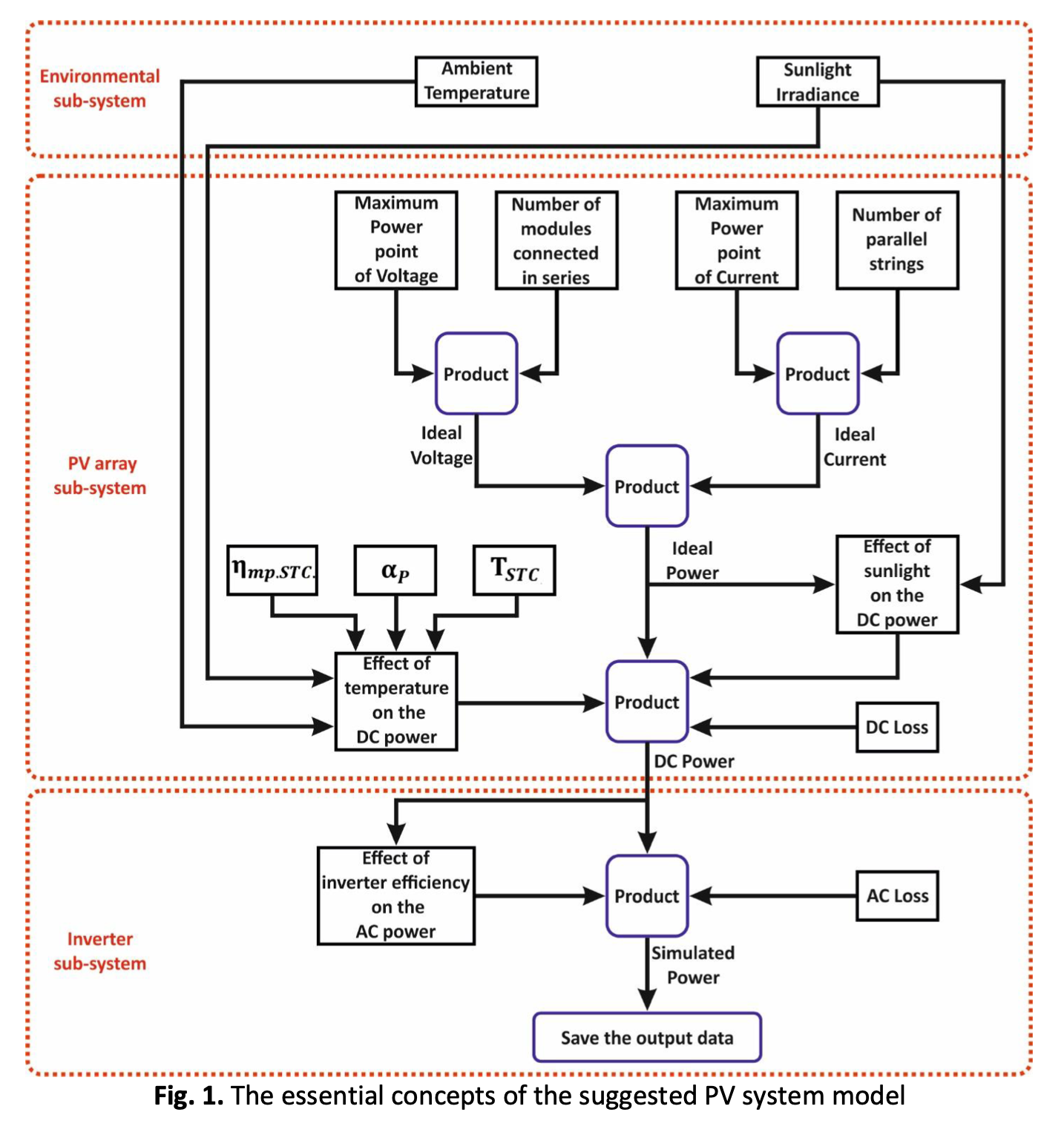Controlling and Modelling a Grid Connected Photovoltaic System for Performance Investigation Purpose
DOI:
https://doi.org/10.37934/arfmts.111.1.2840Keywords:
Control PV system, efficiency curve, modelling, output power, photovoltaic, renewable energy, sunlight irradiance, solar PV system, temperature effectAbstract
The world restriction of fossil power sources reserves and its side effect on the environmental pollution have impelled strongly using the photovoltaic technology as alternative renewable energy sources. The essential problem is the difficulty of importing and installing solar panels without having a fully knowledge about its effectiveness in the climatic conditions of the university site. Hence, the motivation of this study is to investigate the operational efficiency of the PV system in the Iraqi environmental conditions by modelling, controlling, and simulating the system using MATLAB/Simulink program. The proposed model has been driven based on the principle mathematical equations that depict the behaviour of the PV solar system. The proposed model is designed to affect with the sunlight irradiance, ambient temperature, AC loss, DC loss, the temperature of the panels’ surfaces, and the efficiency of the used inverter. Preliminary results showed a strong correlation between sunlight irradiance and ambient temperature with the power generated by solar panels. Thus, these two parameters are chosen as the major inputs to the model. While, the electrical output power and the accumulative energy are set as the output of the simulated model. The study investigates the performance of the proposed model at the hottest day and coldest day throughout the year 2022. The results proved that the system generates more energy during the summer than in the winter due to the strength and a long period of the radiation falling on the ground during this season. Moreover, the investigation study evidenced that the system efficiency decreases as ambient temperatures increase. As the results, the cumulative energy during one day decreased by around 41.366% from the summer to winter. Finally, the authors recommend installing the suggested solar cell system in Iraq because its effectiveness was theoretically proved.
Downloads
































